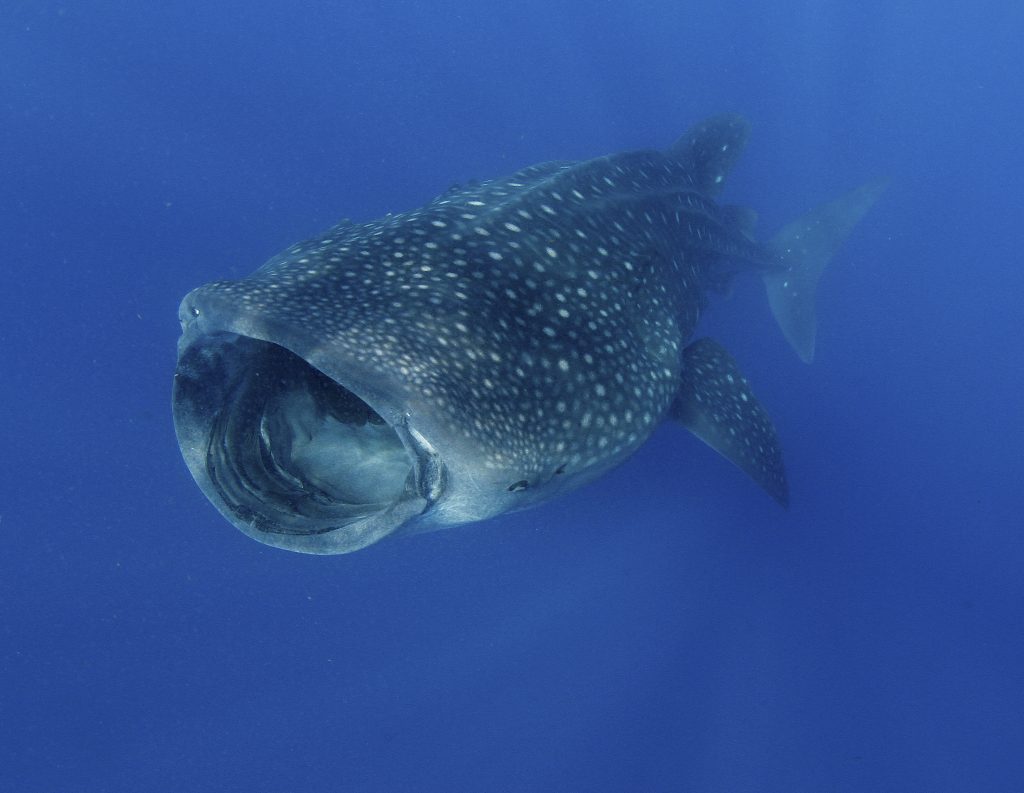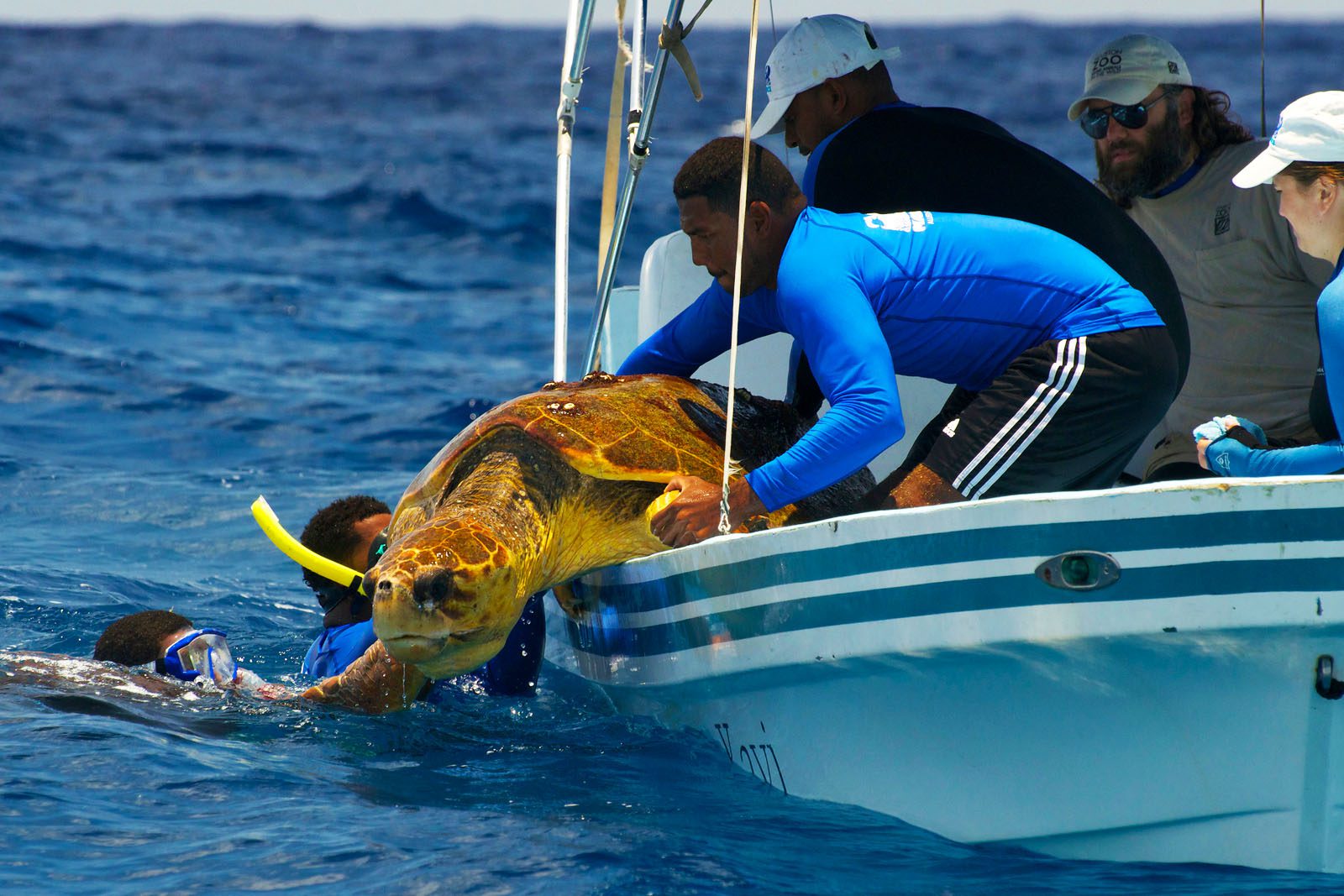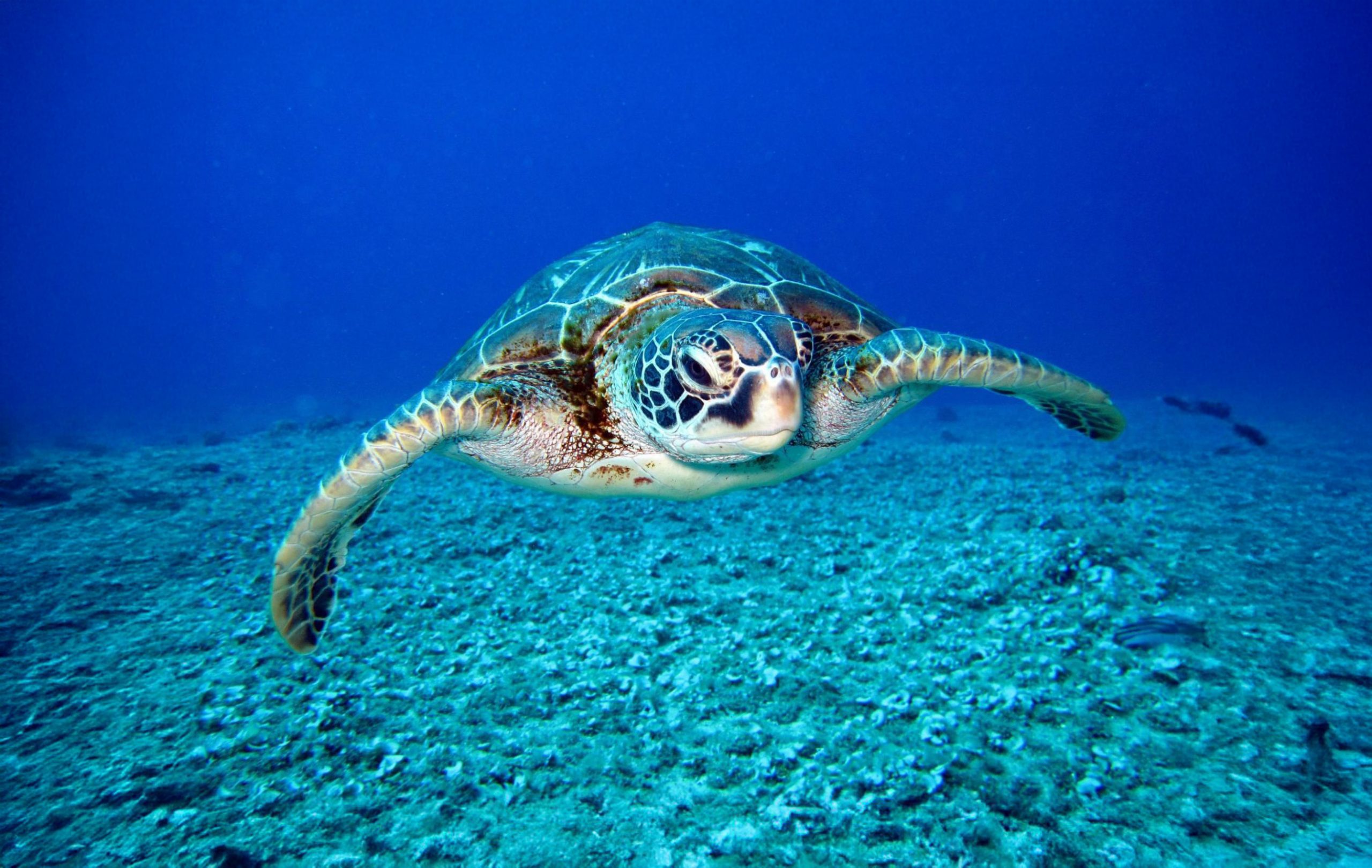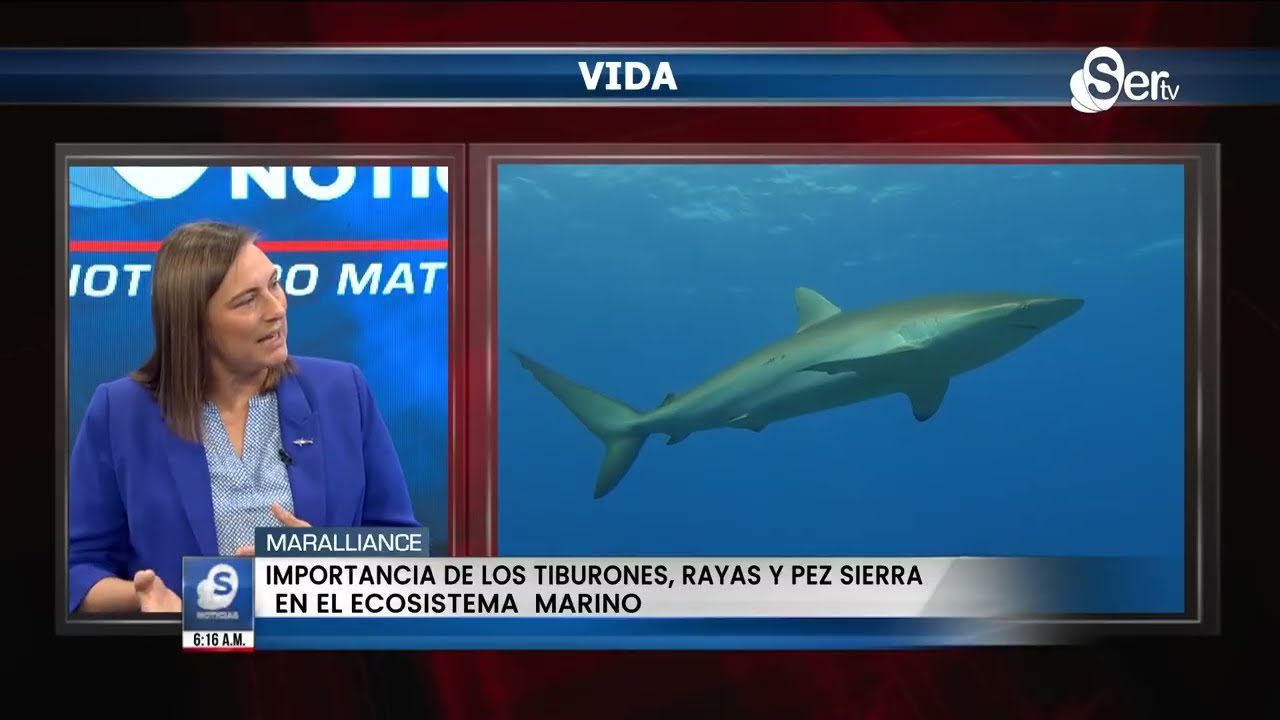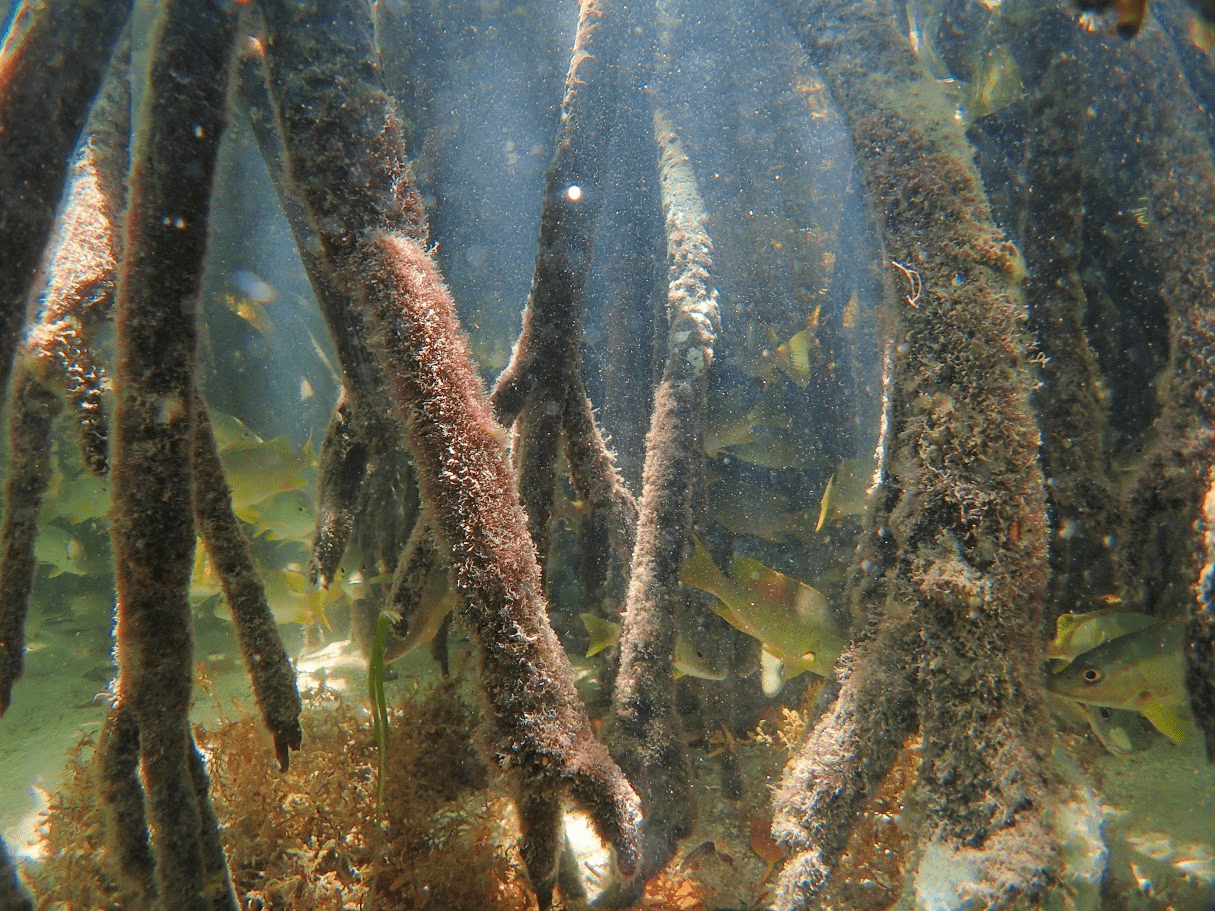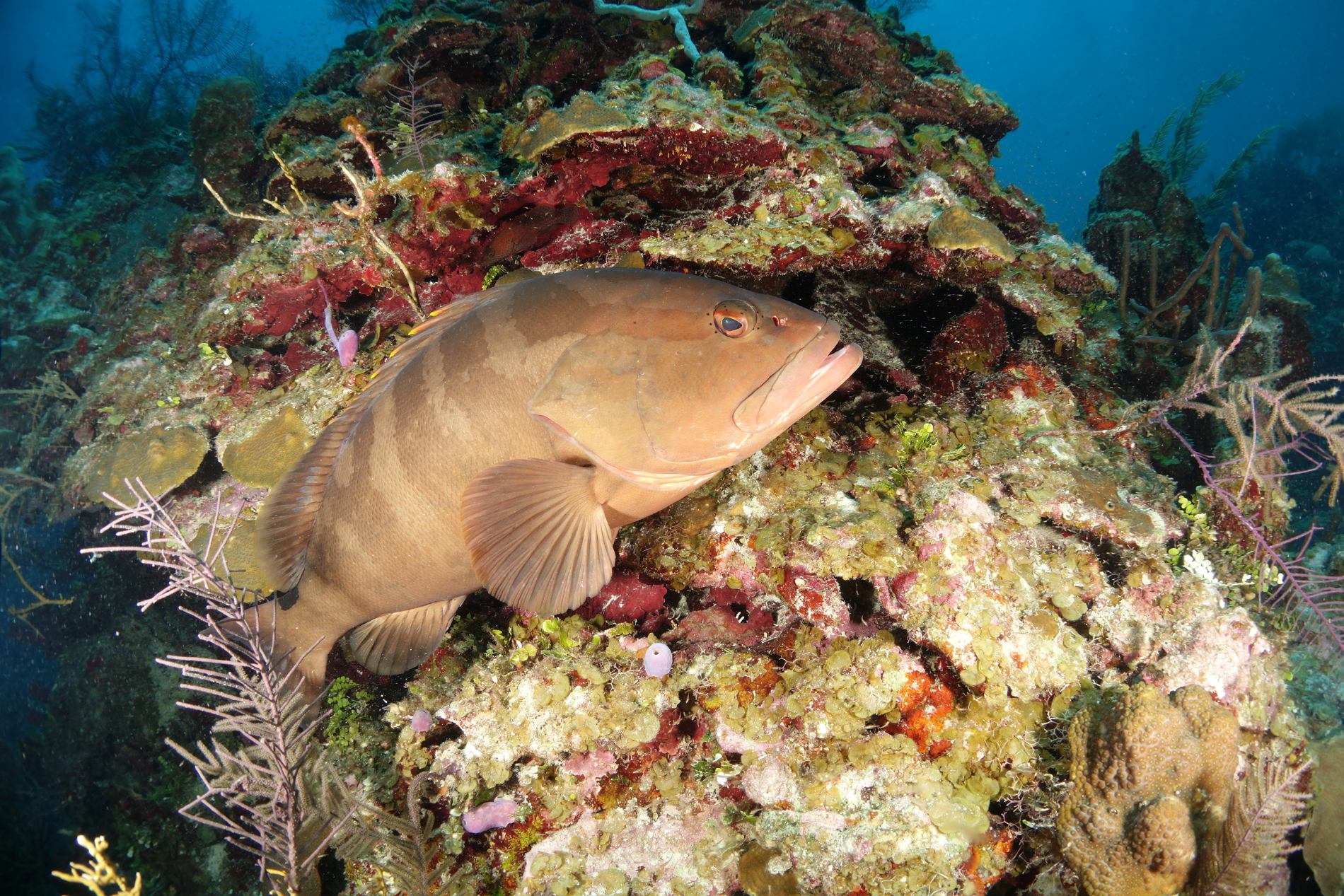They support remarkable biodiversity and deliver critical ecosystem services that sustain both marine and terrestrial life. Mangroves protect shorelines from erosion, filter water, provide nesting and roosting sites for birds, and, most importantly, act as nurseries for nursing and juvenile fish.
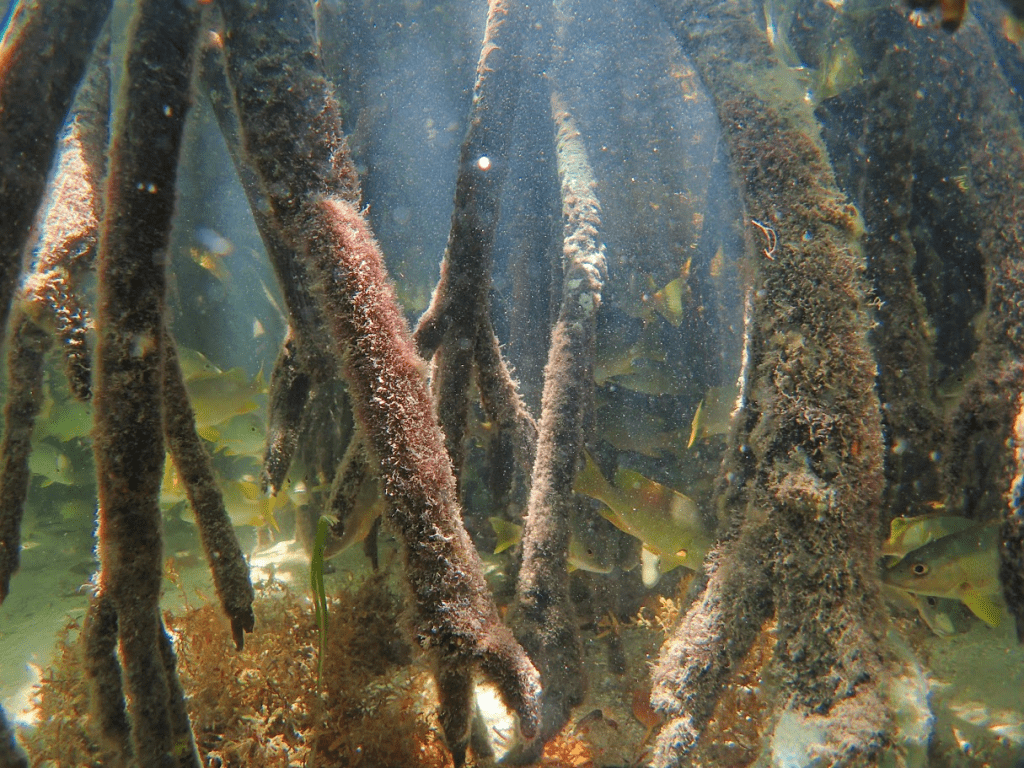
While their global ecological value is well recognized, detailed scientific data on the role of mangroves in Belize has remained limited. To address this gap, we launched the Mangrove Habitat for Juvenile Fish Recruitment (MHJFR) project, supported by the British High Commission in Belize. The project blends science, community knowledge, and technology to bridge this critical knowledge gap by generating data that will guide more effective, conservation-driven decision-making. In doing so, Belize will establish essential baseline information on the role mangroves play in supporting juvenile fish recruitment.
First things first: what exactly is a ‘recruit’, and why does it matter?
In fisheries science, a “recruit” is a fish that survives its early stages and enters a population – whether settling in juvenile habitats, joining fishable stocks, or maturing into a spawning adult. Mangroves function as natural nurseries, providing shelter for young fish from predators, stable conditions, and access to food.
Recruitment is a key measure of ecosystem health and fisheries sustainability. High recruitment rates mean habitats provide the food, refuge, and stability young fish need to thrive. By serving as nurseries, mangroves significantly increase the survival prospects of recruits, thereby underpinning both biodiversity conservation and the productivity of coastal fisheries.

Establishing a New Baseline
The MHJFR project is collecting data at three key sites: Bacalar Chico National Park, Placencia, and Punta Gorda, which were chosen for their varied estuarine environments and the essential role they play in nurturing fish during their earliest life stages. By studying both mature and regenerating mangrove stands, the project is generating high-resolution data on fish abundance and diversity.
We are developing new methodologies for monitoring biodiversity below the roots in aquatic environments. The data collected will establish essential baseline information on the role mangroves play in supporting juvenile fish recruitment. By building on this foundation, we are also developing replicable data collection methods to accurately measure the recruitment capacity of mangrove ecosystems, further enhancing the recognized value of their ecosystem services.
To capture the complexity of fish recruitment, the project combines modern tools with local expertise:
- Environmental DNA (eDNA): Using a Smithsonian protocol, water samples were collected to detect species through genetic traces, identifying even elusive or transient fish.
- Fyke Nets: Deployed to capture small-bodied fishes often overlooked by other methods, offering insights into early life stages.
- Remote Underwater Video (RUV): Provided non-intrusive observations of fish behavior and abundance within mangroves.
- Audiomoths: Acoustic devices recorded the soundscape of mangrove habitats, including vocalizations of sound-producing fish.
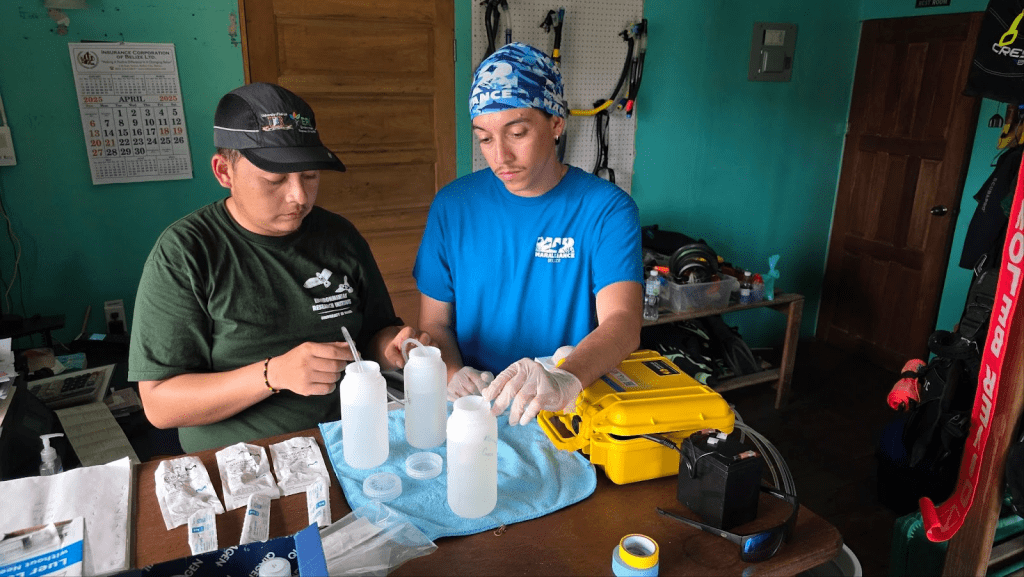
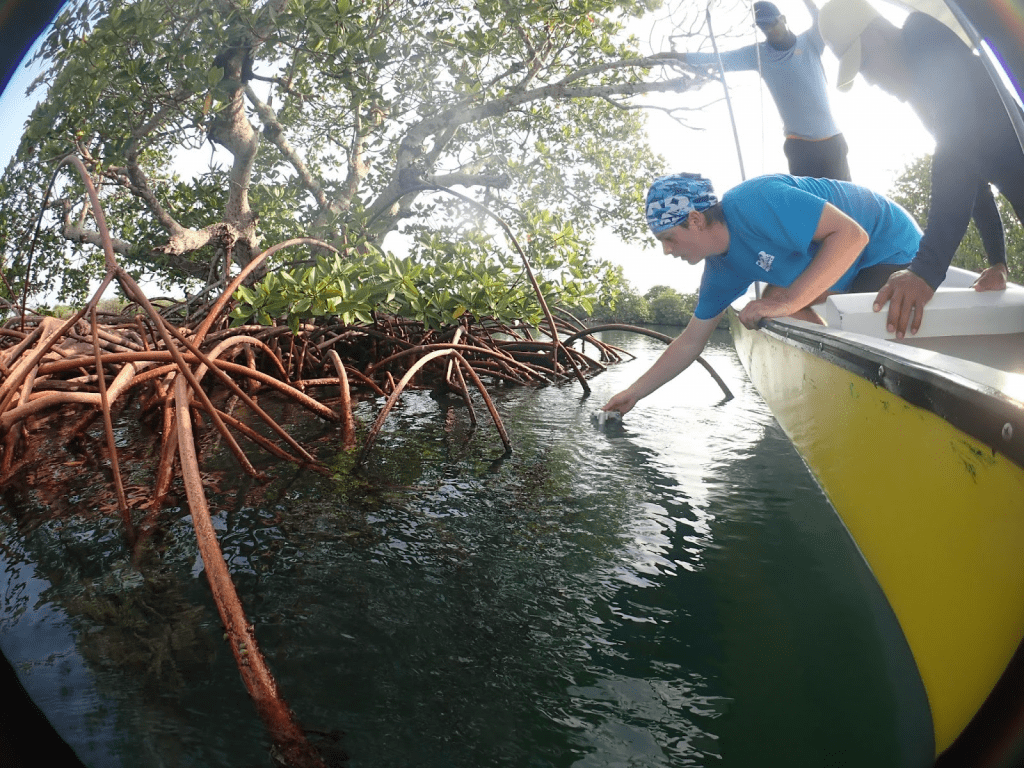
By integrating these methods, researchers are building a clear, multidimensional picture of how mangroves function as nurseries. These approaches also create standardized protocols that can be applied to future conservation and monitoring efforts.
Science with Community at the Core
By collaborating with local organizations such as Sarteneja Alliance for Conservation and Development (SACD), Toledo Institute for Development and Environment (TIDE), Southern Environmental Association (SEA), University of Belize Environmental Research Institute (UB ERI), coastal communities, community researchers, and key stakeholders, we’re building local capacity and promoting long-term stewardship.
These partnerships not only strengthen conservation on the ground but also help shape national policies that support sustainable fisheries and coastal resilience. By incorporating local traditional knowledge, the establishment and creation of juvenile fish recruitment protocols were administered across our study sites.
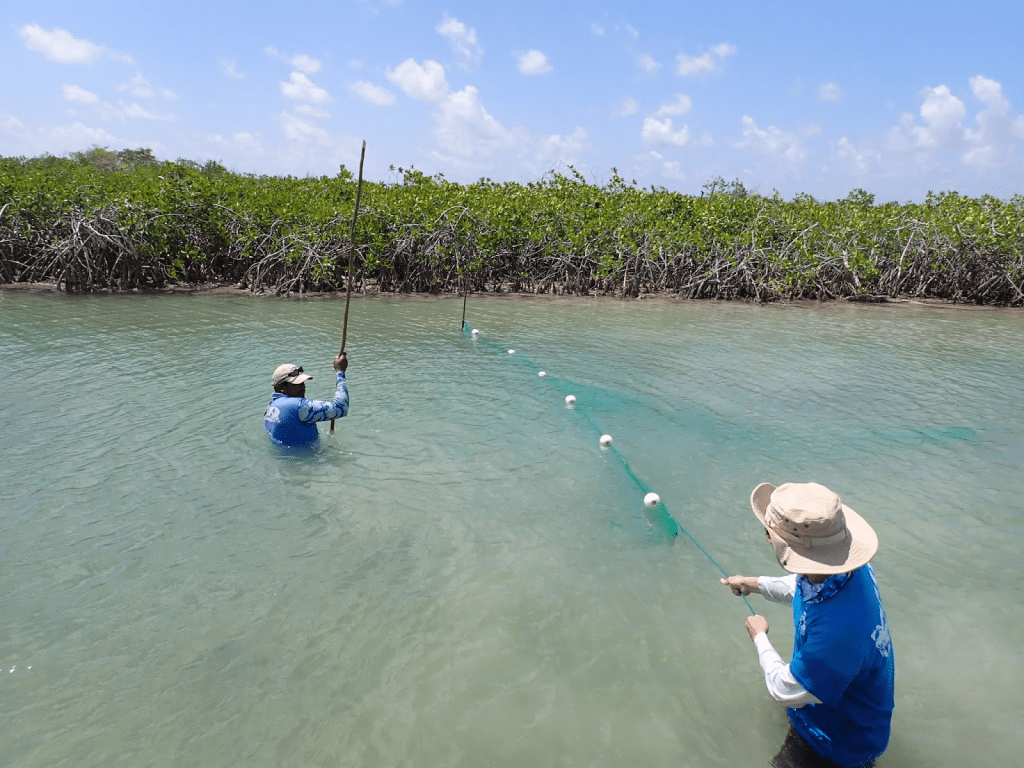
Safeguarding Mangroves, Safeguarding the Future
As climate change intensifies, protecting Belize’s mangroves has never been more urgent. These vital coastal forests safeguard biodiversity, sustain fisheries, and enhance coastal resilience. This project demonstrates how science, technology, and community action can unite to protect one of the planet’s most valuable ecosystems because, by safeguarding mangroves, we are securing the future of Belize’s coastal life.


